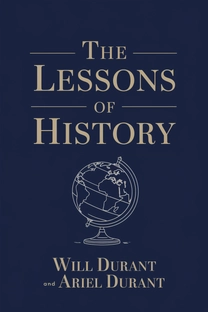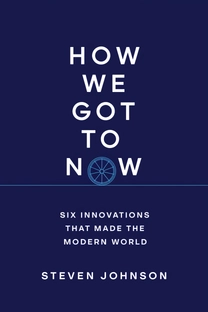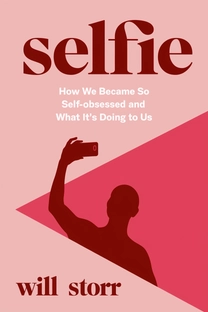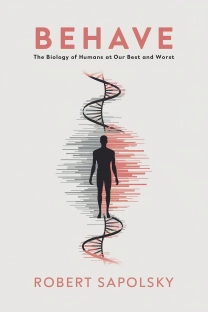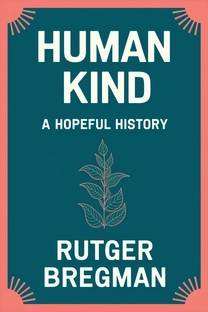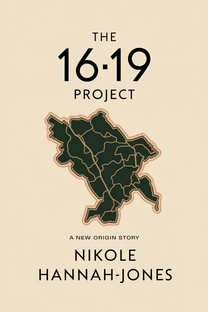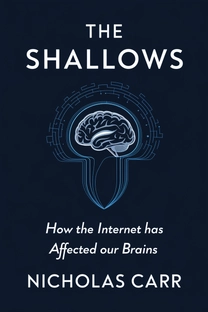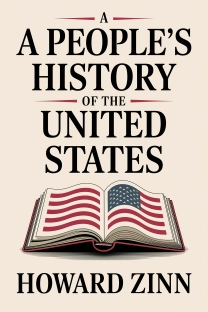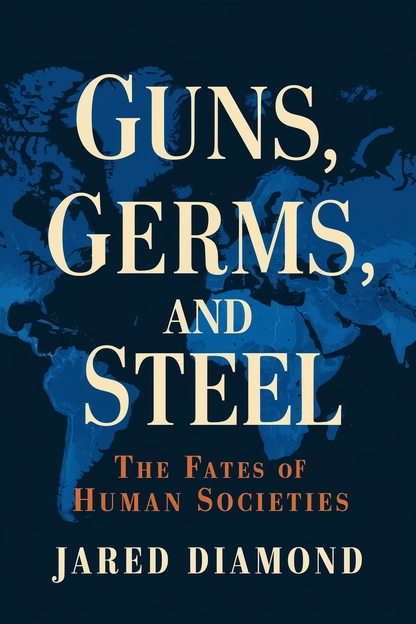
Guns, Germs, and Steel
The Fates of Human Societies
by Jared Diamond
Brief overview
This book explores how environmental factors shaped the fates of different societies around the globe. Through vivid examples like the struggles of indigenous Australians and the rise of large Eurasian empires, it reveals how agriculture, geography, and resources drove innovation and expansion. By comparing cases from Polynesia to the Americas, it shows how societies evolved influenced by factors such as domesticable plants and animals, as well as trade and cultural diffusion.
Geography as Destiny
Geographic location proved decisive for many societies throughout history. Regions oriented along an east–west axis, such as Eurasia, saw faster diffusion of crops than those aligned north–south, like the Americas or Africa. This was primarily due to consistency of climate and day length, which helped cultivate a cohesive suite of domesticable plants.
As societies adopted robust cereal crops, populations rose, specialization became possible, and political organization advanced. The Fertile Crescent exemplifies this process, where wheat, barley, and pulses gave early agriculturalists a powerful advantage over societies limited by less favorable geography.
Peripheral regions that received these domesticated species sometimes flourished; others, separated by deserts or dense forests, could not access them. Hence, the same basic crops that thrived in Mesopotamia reached or failed to reach far corners of the world depending on the ease of overland or maritime travel.
The Power of Domestic Animals
Beyond plants, large domesticated animals like horses, cattle, and pigs vastly changed human societies. They provided meat and hides and also operated as engines of war and transportation. In Eurasia, the quick adoption of horses and cattle shaped entire power structures.
In contrast, places like the Americas had few suitable wild mammals for domestication, which severely limited the scope of their agricultural revolutions. Without pack animals, larger-scale farming, long-distance trade, and rapid military movement were weaker or absent.
The concept of “geographic luck” emerges from these disparities, as Eurasian societies, with richer pools of domesticable plants and animals, advanced more swiftly in food production and related technologies.
What is Guns, Germs, and Steel about?
“Guns, Germs, and Steel” examines the roles that geography, agriculture, and domesticated animals played in shaping human history. Jared Diamond contends that these factors, rather than inherent cultural or racial traits, determined why certain societies expanded and innovated more quickly. By exploring examples from the Fertile Crescent to Polynesia, the narrative demonstrates how environmental differences influenced economic development, social structures, and the spread of technology.
The core argument highlights that when societies found reliable crops and livestock, their populations surged, leading to more complex communities. This shift had long-term consequences, enabling advancements in writing, metallurgy, and effective governance. Diamond’s perspective offers a panorama of human progress that reveals surprising connections, illustrating how seemingly small disparities in resources created immense historical ripple effects.
Review of Guns, Germs, and Steel
This thought-provoking work stands out for drawing together anthropology, biology, and history into one coherent explanation. Its key strength is the detailed look at how domesticating crops and animals gave some cultures an edge, shaping global events as they competed for resources. Readers get a tangible sense of how geography, rather than innate qualities, steered societies toward certain outcomes, offering practical insights into the roots of modern inequalities.
Diamond’s writing combines academic rigor with a style that remains comprehensible to a broad audience. He consolidates complex research into clear examples, ensuring it remains relevant to both scholars and curious non-specialists. The breadth of real-world cases and the accessible tone make the findings applicable for discussions on economic policy or education strategies. Concluding on a reassuring note, the author calls on readers to understand these environmental factors in order to view global history more responsibly. If you want an illuminating perspective on how our shared past was forged, this book is a top choice.
In the end, “Guns, Germs, and Steel” is recommended for anyone seeking a deeper grasp of why societies diverged so dramatically. It offers a layered examination of the past that also resonates with contemporary global issues.
Who should read Guns, Germs, and Steel?
- History buffs interested in long-term global development
- Anthropology or sociology students seeking an interdisciplinary perspective
- Educators looking for deeper context on societal evolution
- Professionals and policymakers examining the roots of modern disparities
About the author
Book summaries like Guns, Germs, and Steel
Why readers love Mindleap
10-Minute Book Insights
Get the core ideas from the world's best books in just 10 minutes of reading or listening.
Curated For You
Discover your next favorite book with personalized recommendations based on your interests.
AI Book ExpertNew
Chat with our AI to help find the best book for you and your goals.
Reviews of MindLeap
Love how I can get the key ideas from books in just 15 minutes! Perfect for my busy schedule and helps me decide which books to read in full.
Alex R.
The summaries are incredibly well-written and the audio feature is perfect for my commute. Such a time-saver!
Jessica M.
Great app for personal growth. The insights are clear and actionable, and I love how they capture the essence of each book.
Chris P.
The app is beautifully designed and the summaries are top-notch. Definitely worth every penny!
Sarah K.


